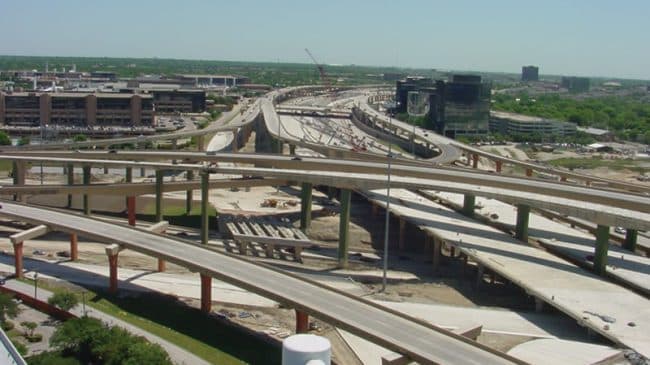RECOMMENDATION FOR THE CONGRESS
Simplify DOT Regulations Regarding Transportation Planning
Issue. Since 1964 federal laws and amendments (23 USC 134 and 49 USC 5303) have required that states and urbanized areas exceeding 50,000 population carry out a short-term and long-range “continuing, cooperative and comprehensive multimodal transportation planning process” as a condition for federal aid. Sensible at first, the “3C” process now mandates a wide range of required assessments, including air quality, environmental justice, congestion management, safety, maintenance, efficiency, freight, pedestrian-bike, economic growth, fuel consumption and other requirements. Although some requirements have been relaxed for smaller regions, recent regulations call for expanded time horizons and new “planning factors,” among others. More rules for climate change, international trade, active transportation and sustainability are likely. These requirements and frequent updates hit smaller regions with fewer staff harder.
Action Requested. For regions having less than 200,000 population, eliminate all long-range transportation planning mandates and require 10-year TIP updates. For regions greater than 200,000 population, eliminate or reduce regulations for air quality monitoring and conformity, environmental justice, congestion management, economic impact, safety, fuel consumption and 40-year planning horizons. For the TIP, remove the option that projects come from a long-range transportation plan. Review other requirements for possible reduction or elimination.
Justification. Recent reviews of metropolitan transportation plans find that they are dense documents full of feel-good unachievable goals only marginally related to transportation. Frequent update cycles mean “planning never stops.” Worse, they generally ignore rising congestion and infrastructure maintenance, and depend heavily on federal/state resources for implementation. But the federal role is declining as local, state and private roles increase. Most plans are then ignored and shelved until the next update. The cost of this wasted and inefficient planning is substantial-about $500M annually. In short, transportation planning has become a convenient catch-all for pushing other local goals, and a hurdle for self-certification and funding continuation, not a sensible effort to establish future transportation visions.
Benefits and Costs of the Change. These changes would bring federal requirements into line with the declining federal role in local transportation issues. Most projects are local in impact, not national. The cost of current planning, about $1B annually, could probably be halved, leaving more resources for implementation, which would speed project development and create jobs. Localities would have more control over essentially local transportation decisions.
Likely Support: Federal Highway Administration, Federal Transit Administration, United States Department of Transportation, American Association of State Highway and Transportation Officials and the American Metropolitan Planning Association.
Likely Opposition: Environmental Protection Agencyand some environmental groups.

